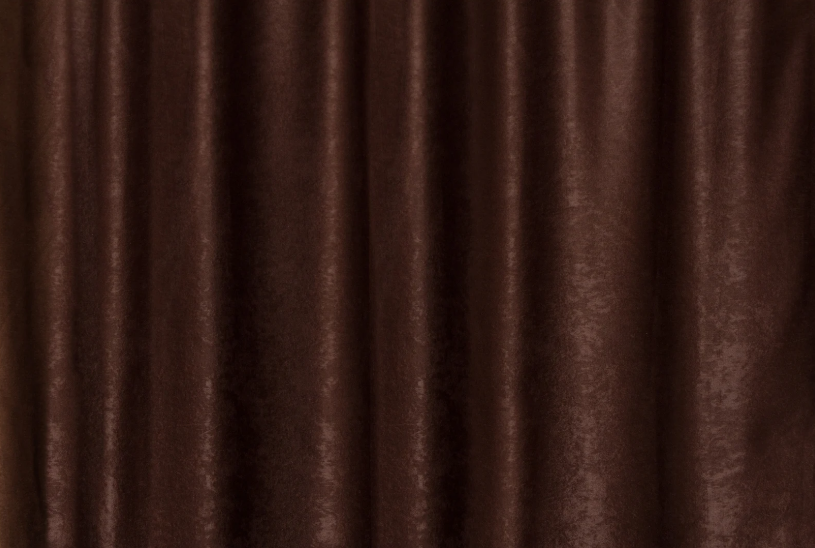
Top Benefits of Installing Custom Noise Blocking Curtains
Noise pollution is a growing problem in urban living, especially
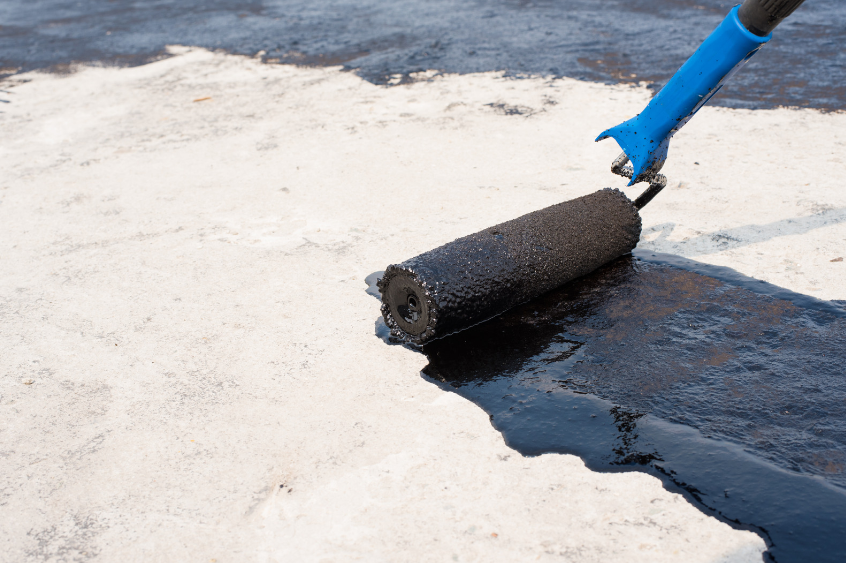
Water leakage is a common issue faced by many homeowners and building managers. It can cause significant structural damage, encourage mold growth, and create unhealthy living conditions. Identifying the common causes of water leakage and addressing them early is crucial to protecting your property. One of the most effective ways to prevent water damage is by implementing waterproofing solutions. These solutions help ensure that your home remains safe and dry, regardless of the weather conditions outside.
One of the most common causes of water leakage in buildings is a leaky roof. Roofs that are damaged or poorly maintained can allow water to seep into the interior. This is often caused by missing shingles, cracked tiles, or worn-out roofing materials. Over time, water can seep through these gaps and affect the ceilings and walls below. If you notice water stains on the ceiling or water pooling near the walls, it’s a clear sign that you may need waterproofing solutions for your roof. Roof waterproofing treatments such as sealants or coatings can help to prevent water ingress, protecting the integrity of your home.
Clogged gutters are another major cause of water leakage. When gutters are blocked with leaves, debris, or dirt, rainwater cannot flow freely through the drainage system. Instead, it overflows and often leaks into the building’s foundation, causing water to enter through cracks and seams. Regular gutter maintenance and cleaning are essential in preventing water leakage. In combination with effective exterior waterproofing solutions, such as gutter guards and protective coatings, you can prevent water from infiltrating your building’s structure.
Cracks in the walls and foundation of a building provide easy access for water to enter the interior. These cracks can occur due to shifting soil, poor construction, or natural wear and tear. Once water enters through these openings, it can cause significant damage to the structure, leading to weakened walls, floors, and even ceilings. The best way to address this issue is through foundation waterproofing solutions. Applying waterproof coatings or installing a drainage system around the foundation can prevent water from seeping in, preserving the integrity of your building.
Leaky pipes and faulty plumbing systems are often the hidden culprits of water leakage. Over time, pipes can corrode, crack, or become loose, allowing water to leak into walls and floors. These leaks often go unnoticed until significant damage has occurred. Regular plumbing inspections can help detect issues early on, but implementing waterproofing solutions around plumbing areas, such as sealing joints and cracks, can also reduce the risk of water leakage. If you have a basement or crawl space, waterproofing solutions like sump pumps and interior wall sealants are vital in managing any water that might infiltrate due to plumbing failures.
Ineffective seals around windows and doors are another major cause of water leakage. Over time, seals can wear down or become damaged, allowing water to seep into the interior, especially during heavy rains or storms. If you notice that your windows or doors have visible gaps or condensation, it may be time to replace the seals or apply waterproofing solutions to ensure proper protection. Sealing windows and doors with high-quality weatherproof materials will significantly reduce the risk of water entering your home.
Excessive humidity and condensation, especially in basements or attics, can lead to water leakage. Moisture in the air can settle on cold surfaces, causing condensation, which can then lead to mold growth and structural deterioration. Using a dehumidifier, improving ventilation, and applying waterproofing solutions to walls and floors can reduce the effects of excess moisture. Interior waterproofing solutions like moisture barriers and air circulation systems are effective ways to keep humidity levels in check and prevent long-term water damage.
Water leakage, if left unaddressed, can lead to numerous dangerous consequences. Water that enters your home or building can weaken the structure, causing floors, ceilings, and walls to sag or collapse. Additionally, standing water can create the perfect breeding ground for mold and mildew, which can damage furniture, clothing, and personal belongings. Prolonged exposure to mold and damp conditions can also pose serious health risks, including respiratory problems, allergies, and asthma. Waterproofing solutions are an essential preventive measure to protect both the physical structure of the building and the health of its occupants.
Exterior waterproofing solutions are designed to keep water from entering the building from the outside. This is especially important for areas like the roof, walls, and foundation. Using exterior coatings and sealants provides a protective layer that prevents water from infiltrating the building. These waterproofing solutions act as a barrier against rain, wind, and even underground water, safeguarding your home against potential damage. By implementing exterior waterproofing solutions, you are prolonging the lifespan of your building while maintaining a dry, healthy living space.
While exterior waterproofing solutions prevent water from entering from the outside, interior waterproofing solutions focus on managing any water that has already entered the building. Sump pumps, interior sealants, and moisture barriers are commonly used to keep water out of the living spaces and prevent damage to walls and floors. These solutions work by redirecting water to drainage systems and preventing it from affecting the interior of your home. When combined with exterior waterproofing solutions, interior waterproofing can offer comprehensive protection against all forms of water leakage.
Waterproofing your foundation is one of the most crucial aspects of protecting your building from water damage. Foundation waterproofing solutions include installing drainage systems, applying waterproof membranes, and sealing cracks in the foundation. These solutions prevent water from seeping into your basement or lower levels, where it can cause significant damage. A properly waterproofed foundation keeps your home dry and prevents the growth of mold and mildew that could otherwise thrive in damp environments.
To prevent water leakage from the roof, specialized roof waterproofing solutions, such as coatings and sealants, can be applied. Additionally, ensuring that your gutters are free of debris and function properly is key to preventing water from entering the building. Regular maintenance and waterproofing treatments for your roof and gutters will help avoid costly repairs and keep your home safe and dry year-round.
The benefits of waterproofing your home or building go far beyond just preventing leaks. By installing waterproofing solutions, you are protecting your property from long-term structural damage that could otherwise be expensive to repair. Waterproofing also prevents mold and mildew growth, improving indoor air quality and promoting better health. Additionally, a waterproofed property is more resilient against extreme weather conditions, giving you peace of mind. Waterproofing your home or building can also increase its value, making it more attractive to potential buyers should you decide to sell in the future.
If you notice signs of water leakage, such as damp spots, water stains on walls or ceilings, or musty odors, it’s time to consider waterproofing your home. Additionally, if your property is located in an area prone to heavy rainfall or flooding, waterproofing should be a priority. Regular inspections from a professional can help identify areas that need attention before they cause significant damage. By acting early, you can save time, money, and the hassle of dealing with extensive repairs.
Water leakage is a serious issue that can cause lasting damage to your property and health if not addressed properly. Fortunately, there are many effective waterproofing solutions available to prevent water from infiltrating your home. By identifying the common causes of water leakage and implementing the appropriate waterproofing solutions, you can protect your home from long-term damage and maintain a dry, healthy living space. Don’t wait for the leaks to worsen—invest in waterproofing today to safeguard your property.

Noise pollution is a growing problem in urban living, especially
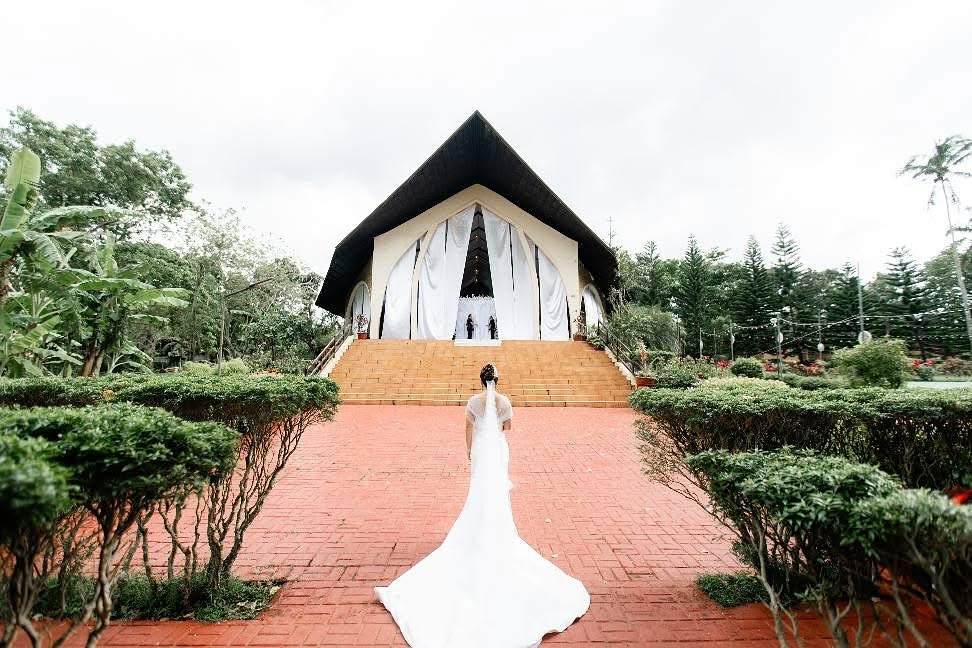
A wedding surrounded by nature creates memories that last a
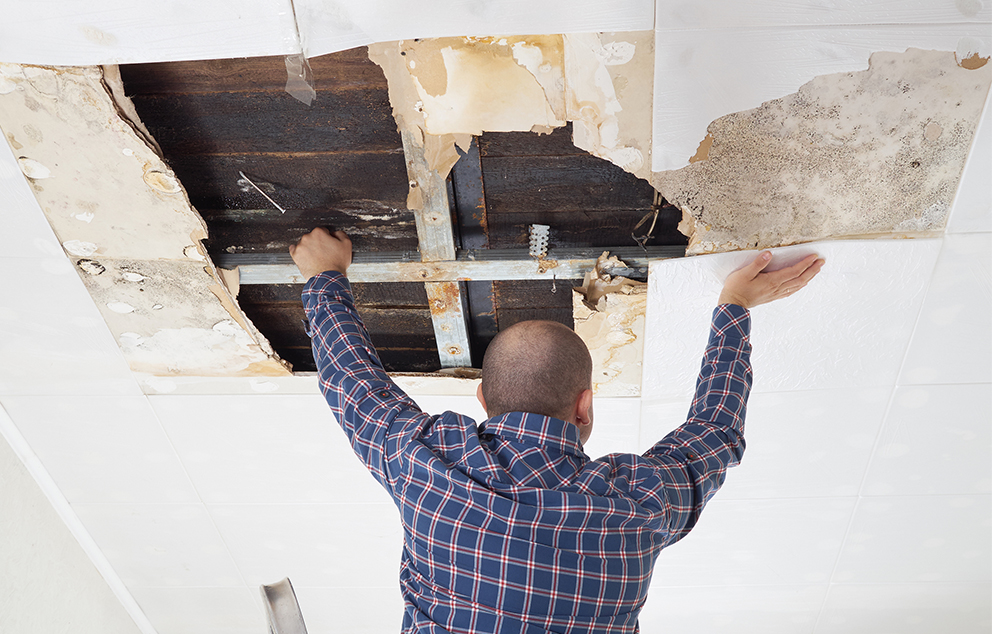
Facade inspection Singapore plays a crucial role in maintaining the
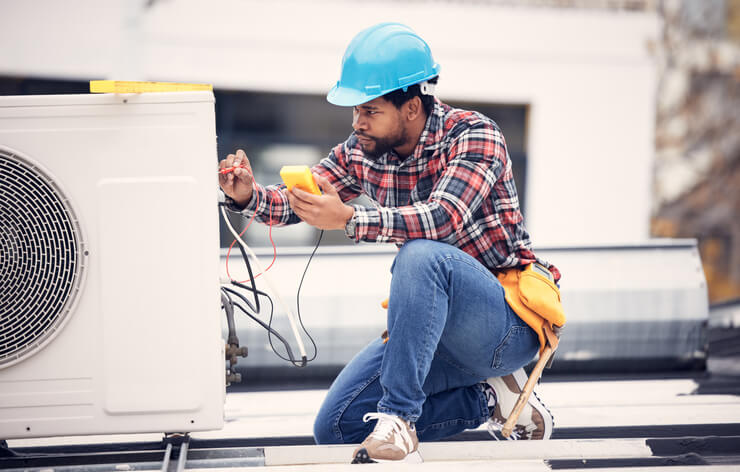
A comfortable, safe, and energy-efficient environment is essential for every
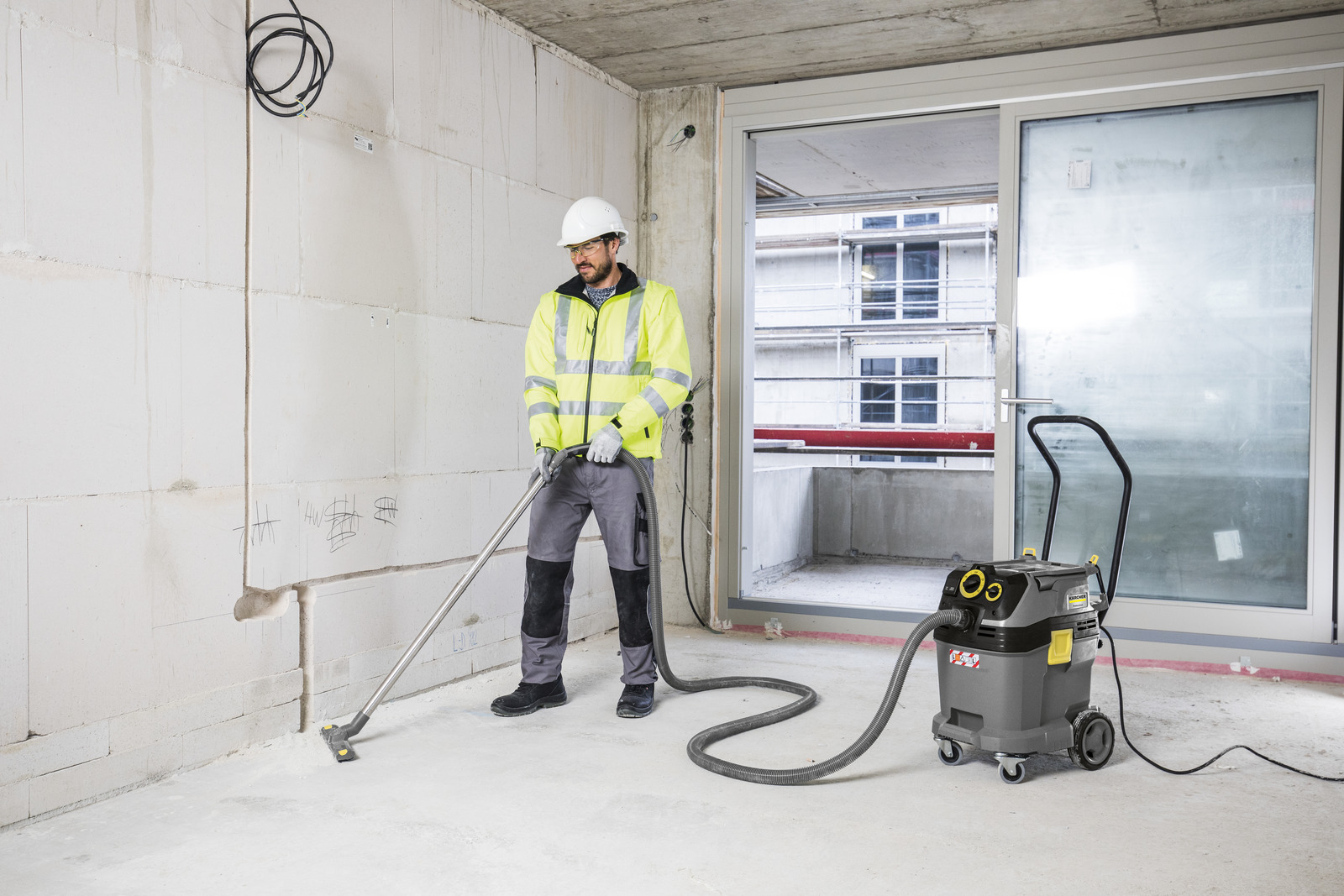
A wet dry vacuum is one of the most versatile
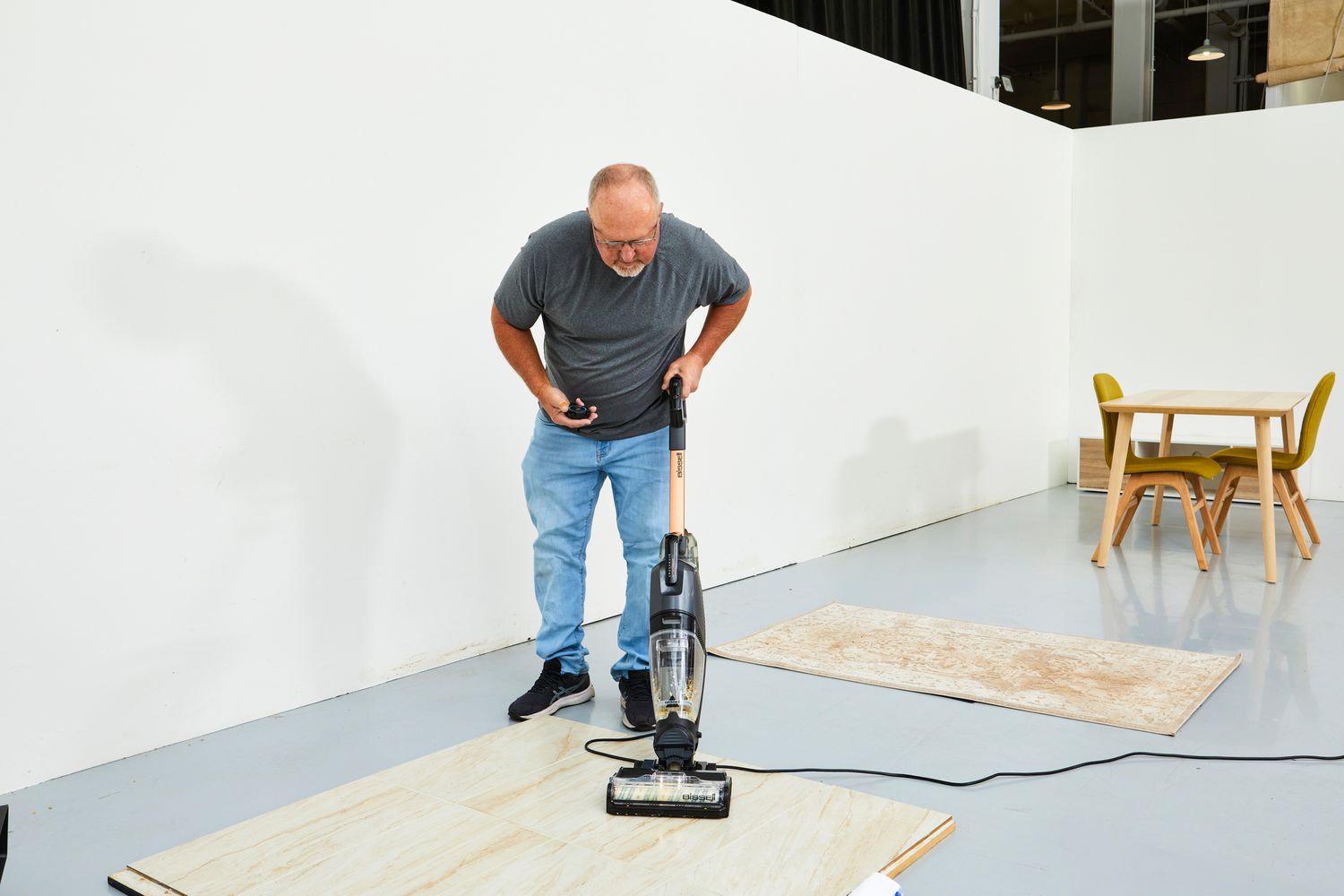
Cleaning jobs across homes, offices, workshops, and industrial facilities demand
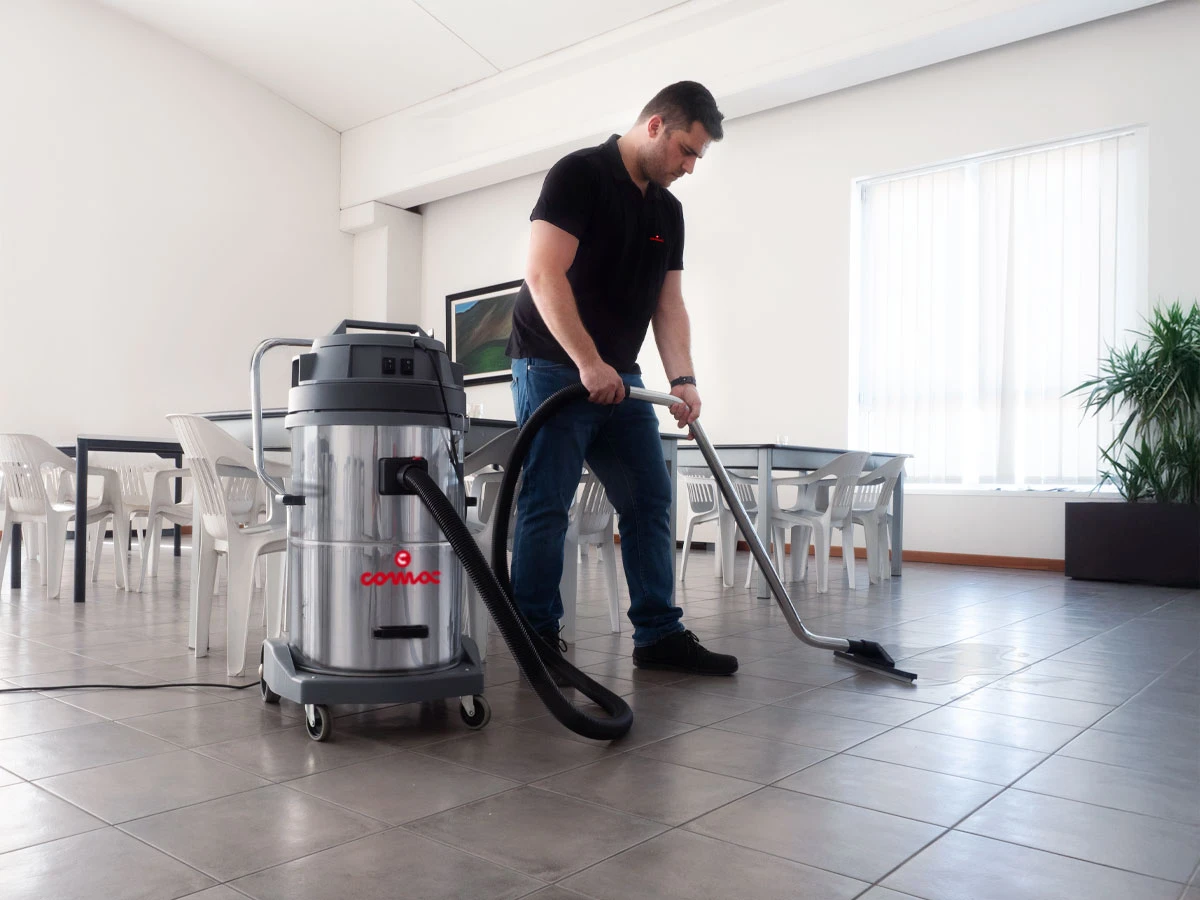
Finding the best wet and dry vacuum cleaner can make
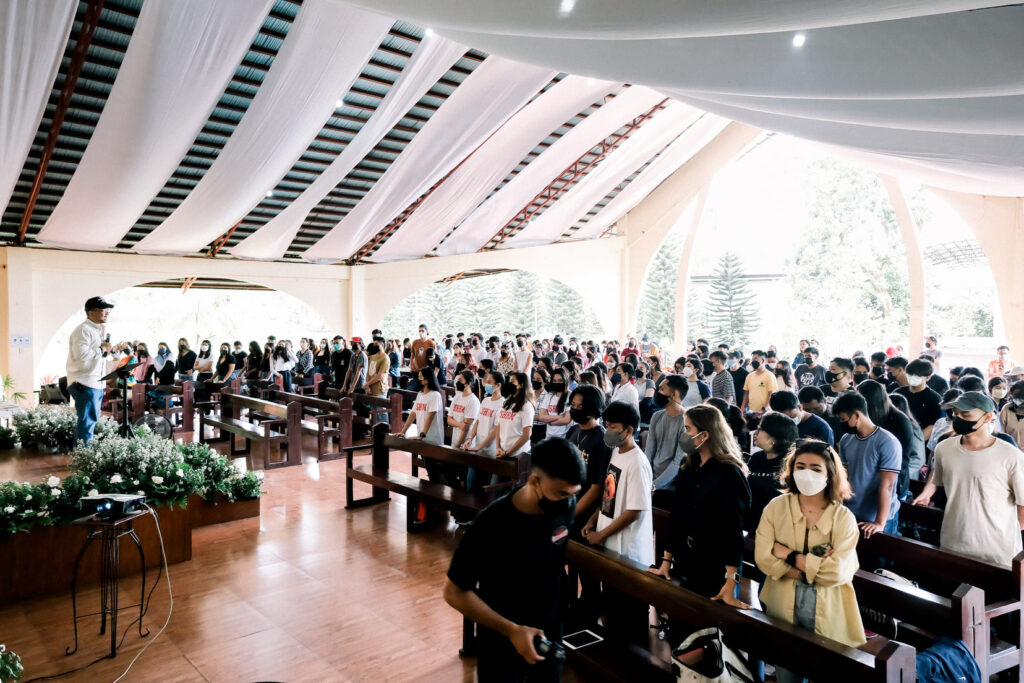
Church retreats provide a unique opportunity to step away from
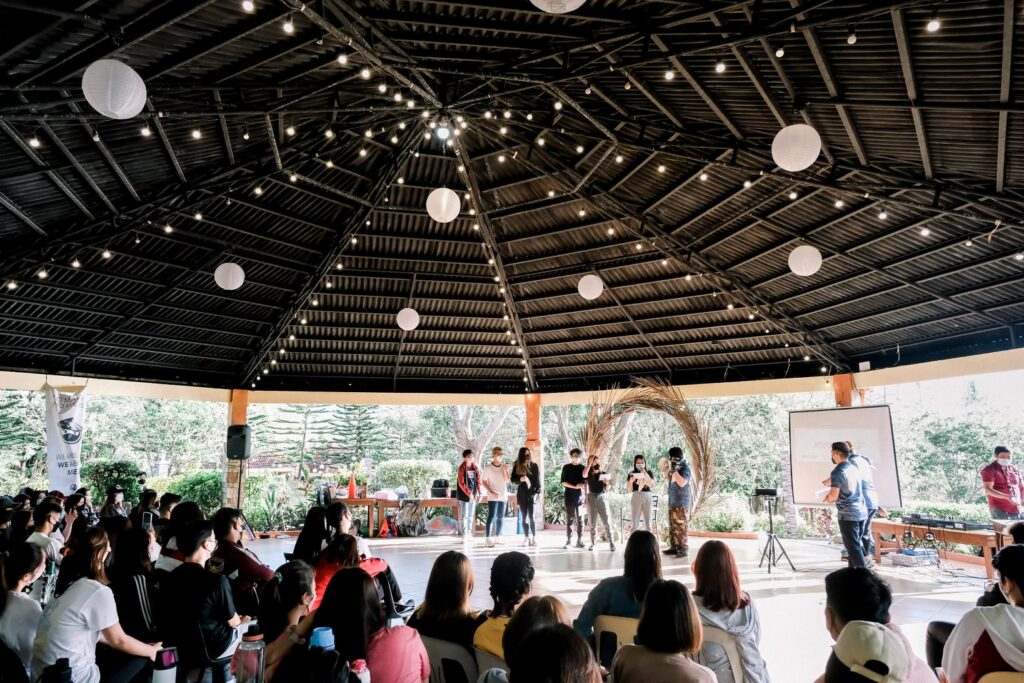
Finding the ideal location for a team-building event is crucial
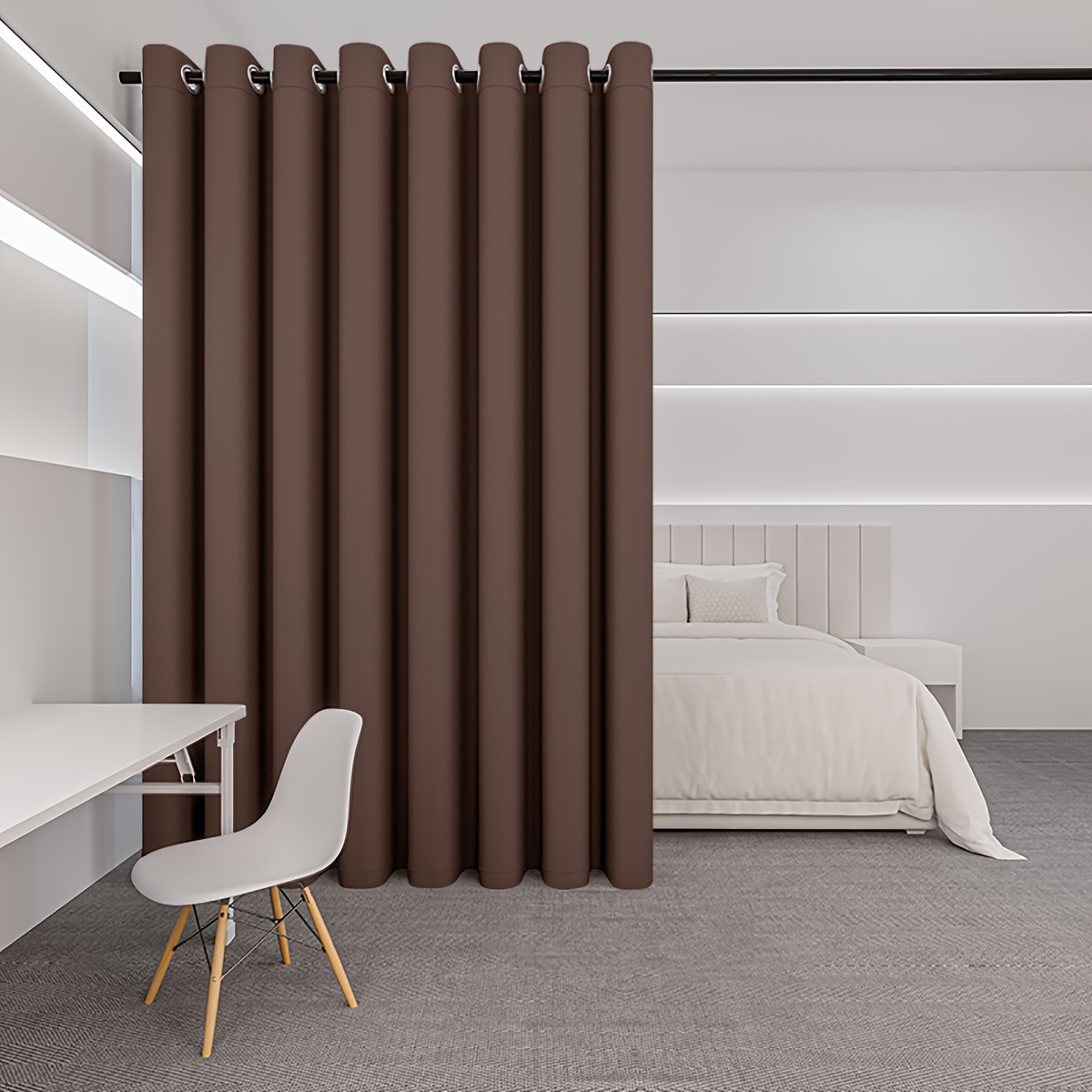
Singapore’s urban lifestyle continues to evolve, with residents and businesses